More than 2 out of 3 college students today are not coming straight out of high school. Half are financially independent from their parents, and 1 in 4 are parents themselves.
David Scobey says that, as an American studies and history professor at the University of Michigan for decades, he was “clueless” about the needs of these adult students.
But then, in 2010, he became a dean at The New School, a private college in New York City, heading a division that included a bachelor’s degree program designed specifically for adults and transfer students.
“Those students schooled me about their needs and how poorly they were supported by higher ed,” he says. “I was inspired by their resilience.”
You’ll hear a reasonable amount of discussion about “new traditional” students today. But the common assumption — in Washington at least — seems to be that they require more vocational education to fill a “skills gap,” particularly in STEM or technical fields. Or that they need quicker, cheaper paths to a degree.
Scobey’s prescription is different. Since 2014, when he left The New School, he has been listening to adult learners to find out their aspirations. And what they’ve told him is that they tend to thrive on the same kinds of high-quality learning opportunities that all college students do: small seminars, capstone projects, internships, a broad liberal arts curriculum.
He argues that teaching adults this way might be the most practical approach, and that they are actually less expensive to serve than traditional students.
Now Scobey is helping to convene a national network of innovative colleges, both new and old, that serve adult learners with much success: He calls it the Great Colleges for the New Majority.
He spoke via email to NPR about where adult learners fit into “the democratic mission of higher education,” and he included quotes from his ongoing interviews with some of these learners themselves. Our conversation has been edited for length and clarity.
President Trump doesn’t talk much about higher education, but when he does he endorses vocational education. In the words of Education Secretary Betsy DeVos, the field needs to evolve toward “industry-recognized certificates, two-year degrees, stackable credits, credentials and licensures, badges, micro-degrees, apprenticeships.”
What’s wrong with this thinking in your mind? What’s missing?
You’ve asked a complicated question here. Let me break it down into a couple of answers.
The first thing wrong with this thinking is that it prioritizes the (immediate, changing) needs of the labor market over the needs and aspirations of adult students themselves. But if you ask incoming adult community college students about their educational aspirations, more than 70 percent want to get a bachelor’s or beyond.
But even setting aside the question of students’ aspirations, something else is wrong with the “skills gap” model of workforce training.
The problem finding good hires is actually a jumble of different realities. In some sectors (for instance, advanced, digitally driven manufacturing), innovation has outpaced training, and there is truly a shortage of technically skilled workers. Higher ed needs to work with employers and government in these targeted sectors to fill a real “skills gap.”
In other sectors, employers complain they can’t find workers with communications, problem-solving and other soft skills. The solution to that is more liberal learning, not more technical workforce training.
In still other sectors, employers can’t meet their needs because of wage stagnation, part-timing, abusive scheduling and other workplace problems. Their “skills” gap is actually a “wage and workplace gap.”
And lurking over all of this is the ongoing juggernaut of automation. Many of the jobs for which workplace training programs prepare adults will disappear in the next five to 10 years. Employers will replace them as soon as it makes financial sense.
Often workers and adult learners understand this perfectly. One UAW veteran told me — after attaining his bachelor’s — that most of the retraining programs were a scam: “They train union members for fewer and fewer jobs. A couple years later, it’s the same thing all over again.”
You talk about a “narrative of personal transformation” that’s important to these students. Why?
As I noted above, job security and economic success are key goals of college for nearly all students, young and old. But students also see college as a journey of personal growth, a way of laying claim to their lives.
For most nontraditional students, this dimension of “self-authoring” (in the words of psychologist Marcia Baxter Magolda) is not less crucial, but even more. They often feel that they have failed in some way the customary narrative of high-school-to-college that defines successful adulthood.
“I always felt less-than,” I was told by Wendy, a returning student in Washington State and a staffer at a wildlife center. “I feel like an impostor. Coming here has helped me find my voice. It helps me move through the world.”
Melissa, a graduate of an adult bachelor’s program in Rhode Island, also stresses the journey of personal transformation: “As a kid, no one ever even mentioned college in my world,” she told me in an interview.
“… now I had my bachelor’s degree, and it was like, ‘Wow. Wait a minute. I have arrived.’ But then I thought like, ‘What did I arrive to?’ This has been a lifelong journey for me. It was, like, to meet a long-term goal, that had never happened to me before.”
What reasons do people give for returning to college or beginning as an adult?
Adult learners are incredibly diverse: the Iraq War veteran, the office worker breaking through a glass ceiling, the 20-something barista or construction worker who wasn’t ready for college the first time. The reasons they give are often a complicated mix.
Dorian, another Washington State adult student, told me:
“I came back to college because I felt like an angry underling. I had a good job, but I didn’t get respect at work. I felt slapped, like I didn’t amount to anything without that piece of paper. So I returned to school because of career goals. But my parents are gone, and I also came back for them.”
Policy-makers often try to separate out these motivations and prioritize the economic ones: “So I returned to school because of career goals.” But what matters is precisely the jumbled, human mixture of motives.
Many of these narratives also have a redemptive arc. Talk about what some of the students you’ve spoken with have told you about the obstacles they have overcome to give college another try.
Let me briefly describe some of The New School students who cured me of my cluelessness about the nontraditional majority. There was Mui Ying, a 30-something from a Chinese immigrant family: She paid the rent as a technician for a pharmaceutical lab, but she had started a swimwear design business on the side, selling out of her car trunk while she finished school.
There was Dave, an African-American veteran who got a business degree in community college but was committed to getting a liberal-arts BA. Jamara was a mom, a server at a restaurant and an aspiring spoken-word poet.
The obstacles they face are as diverse as their lives. But here’s one key way of understanding what they share: Adult, nontraditional students have to fit their studies into complex lives with multiple roles and stressors, rather than being able to organize their work and social life around a central role as a college student.
What are “Great Colleges for the New Majority”? What do they have in common?
The Great Colleges For the New Majority is a self-selected network of adult-serving bachelor’s programs. They often have graduation rates of 80 percent or more. Their curricula have a wide range of structures, but all of them offer an education that is transformative, that enables students to lay claim to their own lives and define their own journey. All of them are characterized by cultures of strong support — both the “vertical support” of mentors, advisers and teachers, and the “horizontal support” of strong peer community.
Why is that horizontal support so important?
As I have learned in my research and teaching, peer support turns out to be part of the secret sauce for adult success. The programs in the Great Colleges Network tend to nurture cultures of sustained peer-to-peer help; students simply won’t let each other fail. This is a component of adult college-going that mass online completion colleges have trouble replicating. It’s one reason for their lower rates of completion.
What about the argument that colleges can’t afford to invest this much in adult learners?
Short answer No. 1: Adult learners are actually less expensive to educate, because they don’t need many of the resources that late-adolescent, residential students require. Adults don’t need more resources; they need colleges and universities to redesign their resources in ways that meet adult students in their lives — for instance, by offering more flexible academic calendars.
Short answer No. 2: Colleges understand that they cannot afford not to invest in adult learners. Neither higher ed, nor the job market, nor our democracy can succeed if we don’t do a better job of offering great, transformative opportunities to the millions of adults in college and the millions who seek to return to college.
Short answer No. 3: Let’s not lowball the investment in adult students with cheap-and-dirty workforce training. Adult learners shouldn’t be pushed to attain a credential simply to fulfill short-term labor market gaps or to boost policy-makers’ completion goals. They should be educated because they deserve a great education.
Copyright 2018 NPR. To see more, visit http://www.npr.org/.
9(MDAxOTAwOTE4MDEyMTkxMDAzNjczZDljZA004))
from MindShift https://ift.tt/2qKjI79
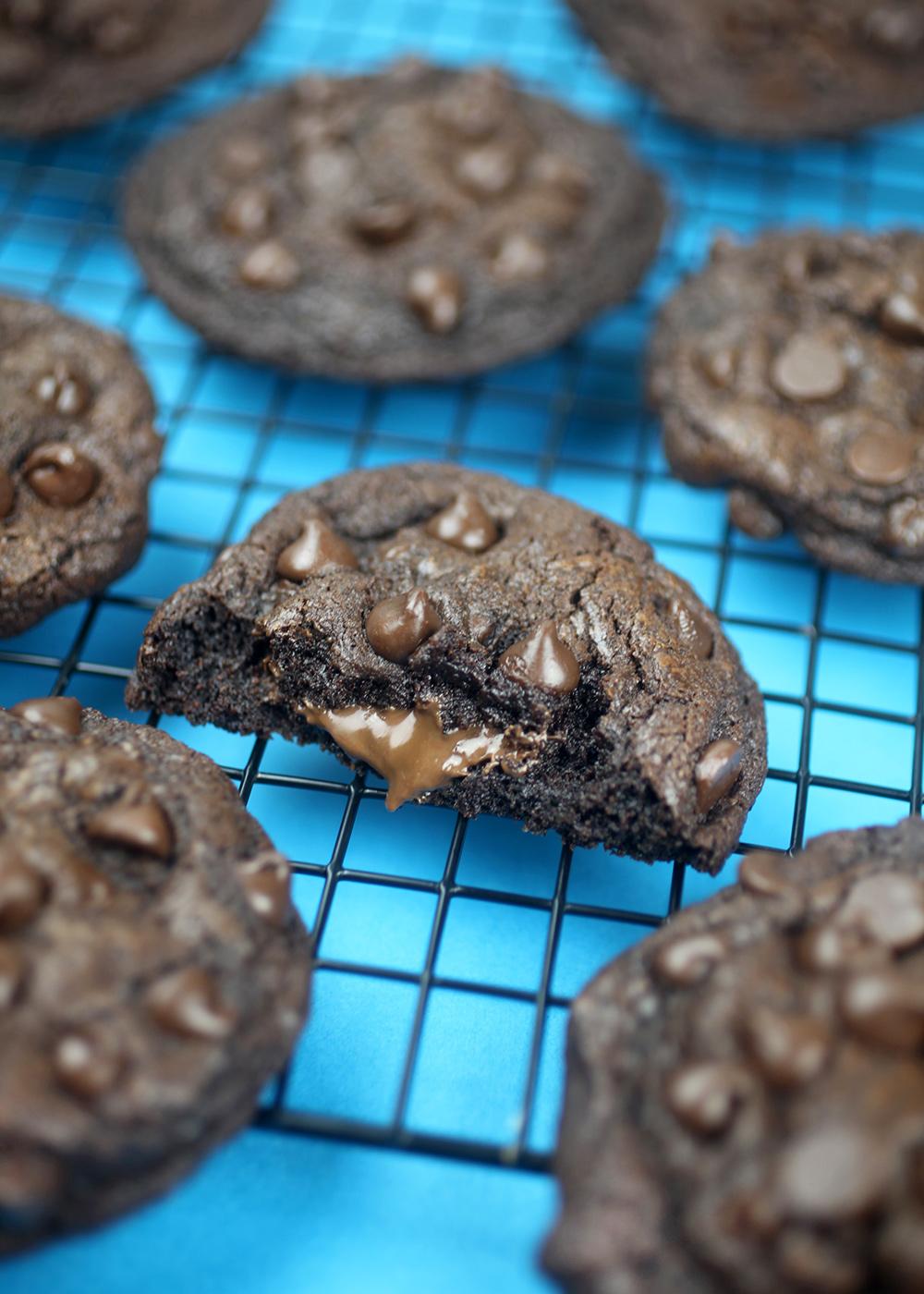
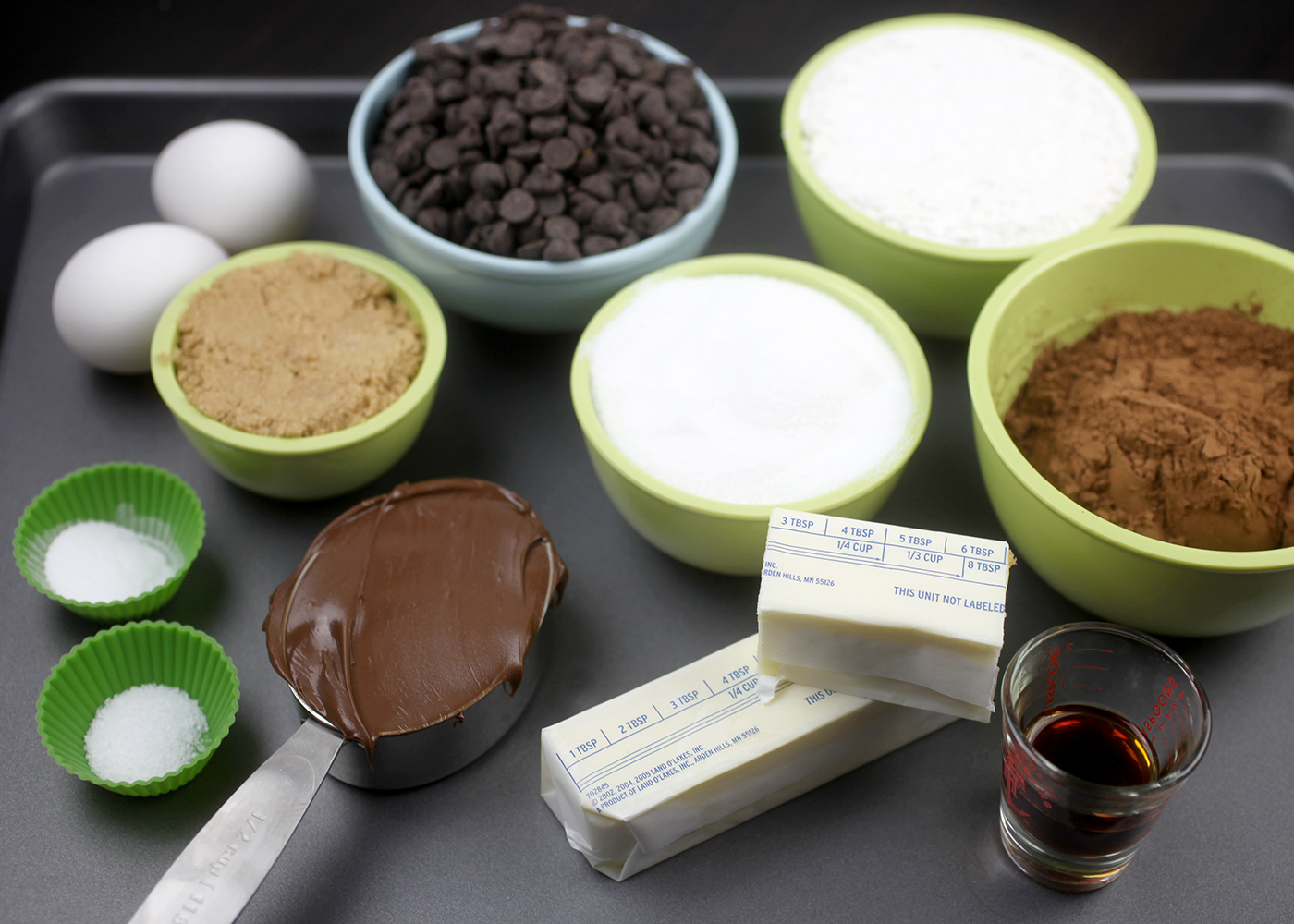
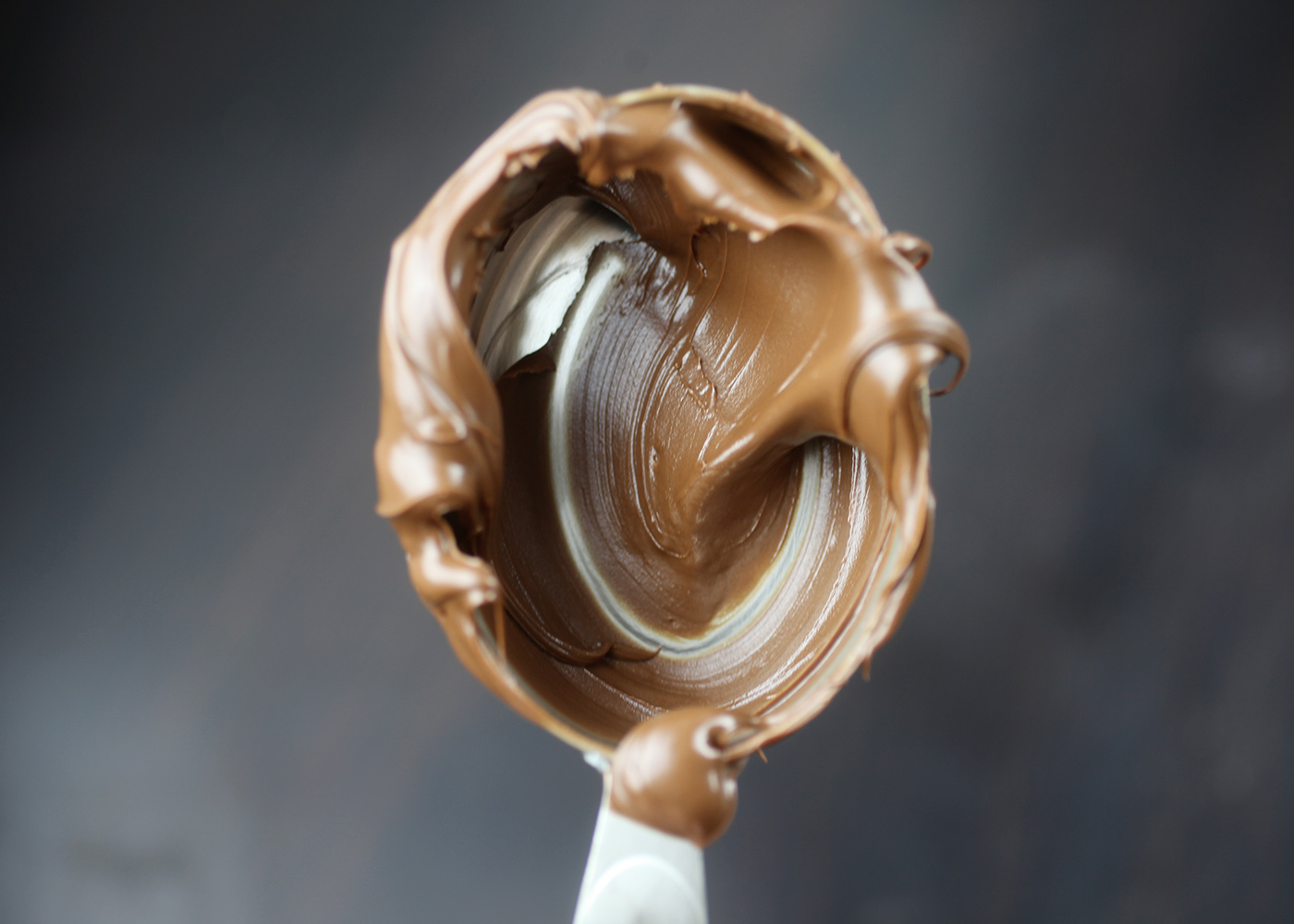


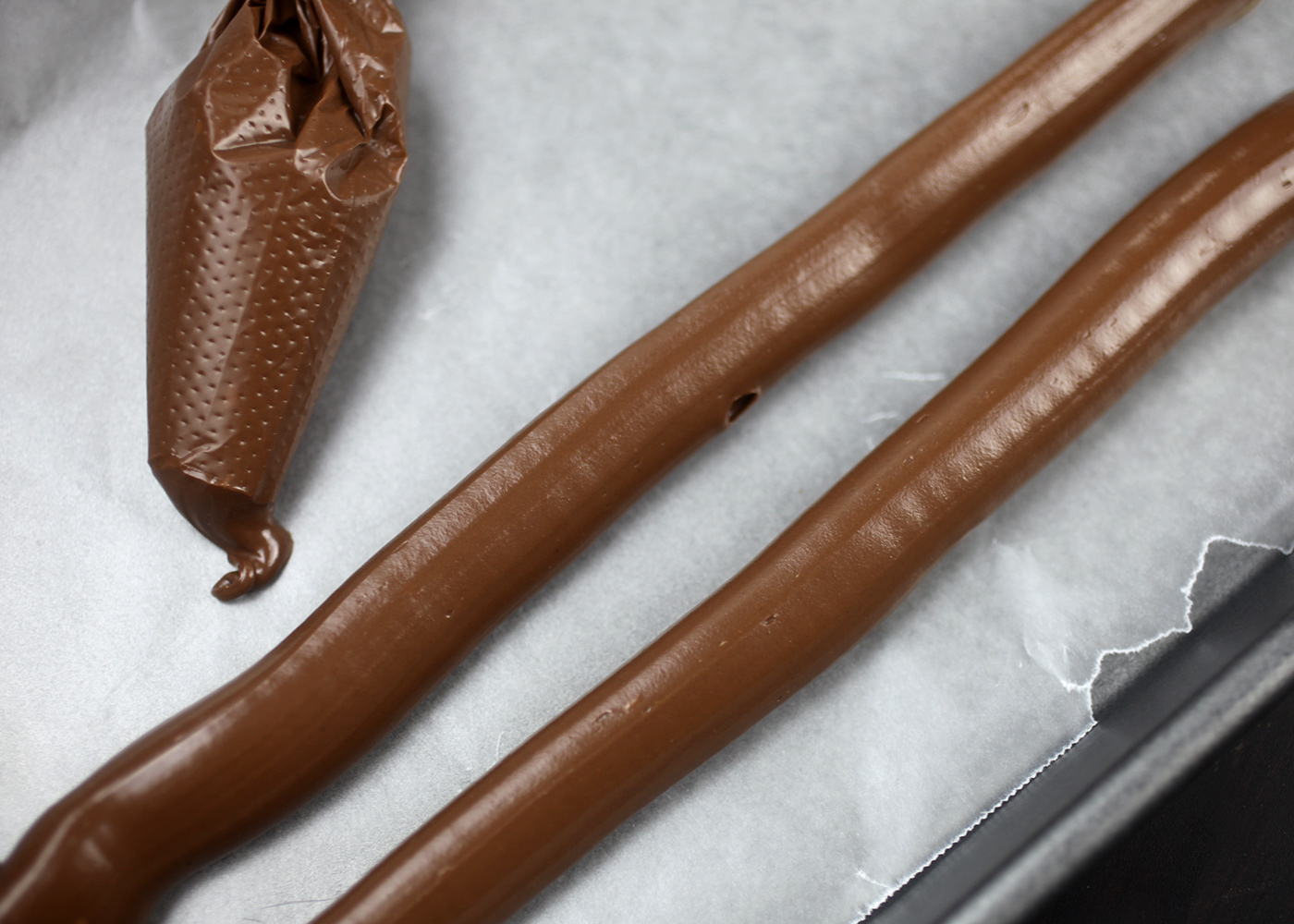
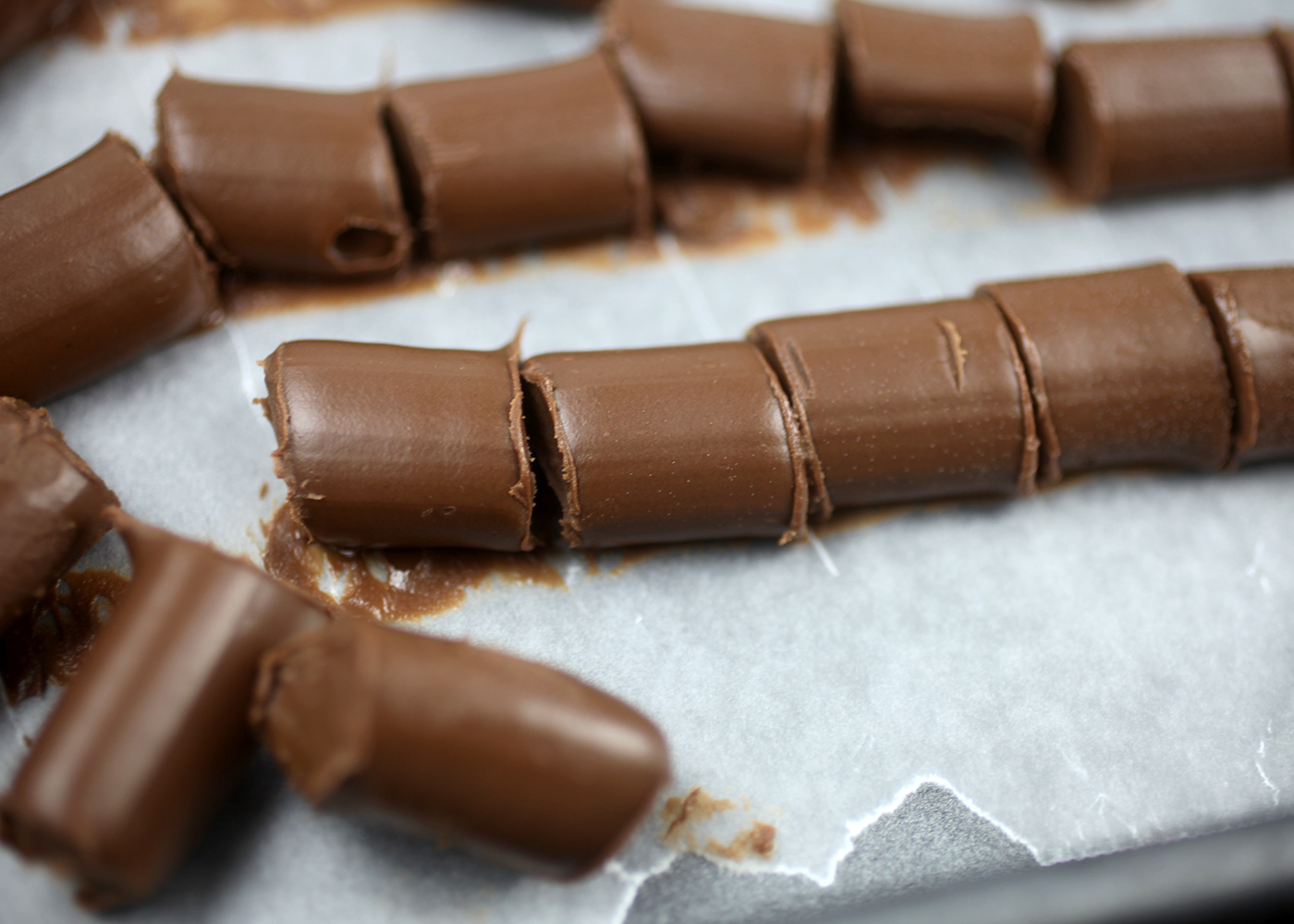
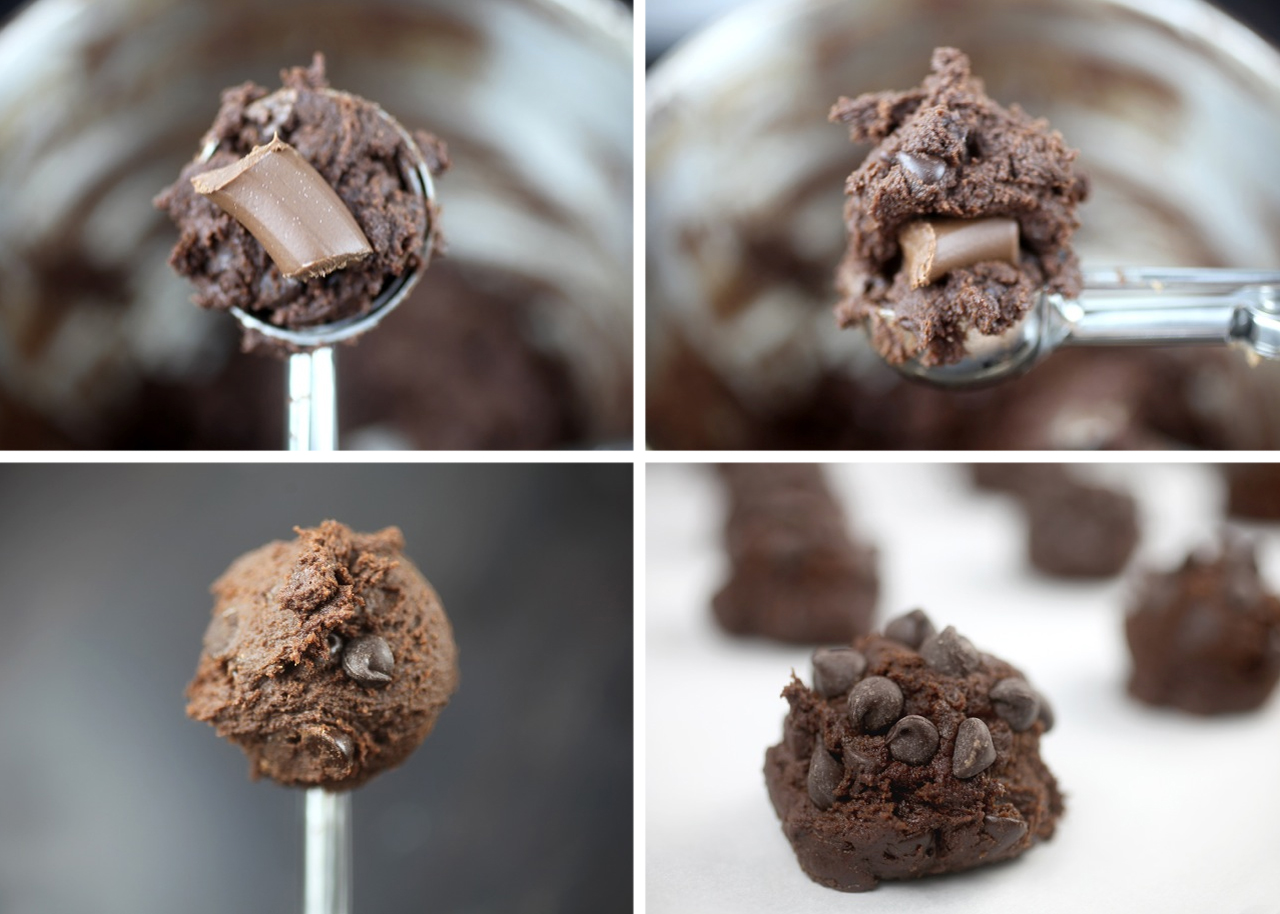
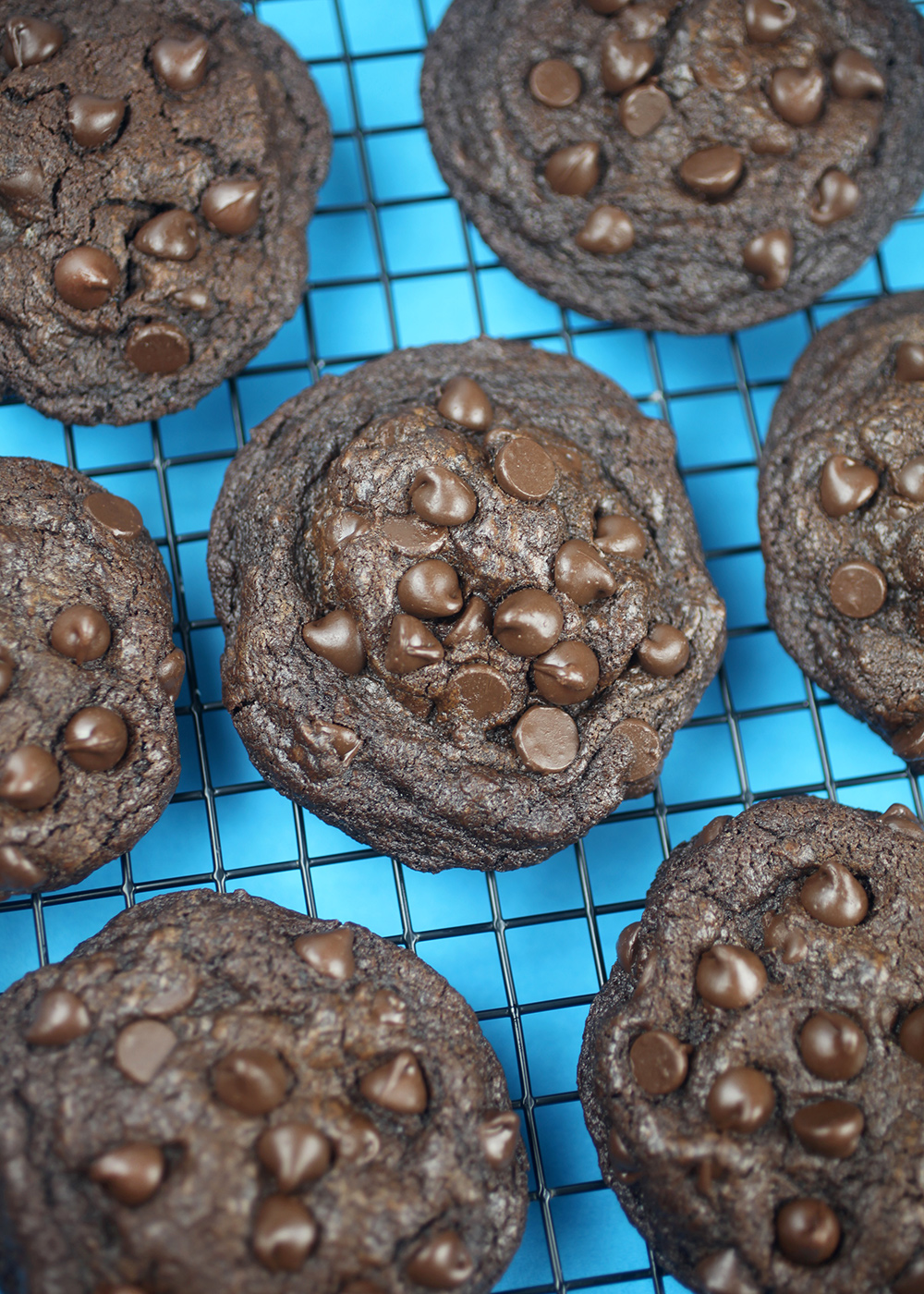
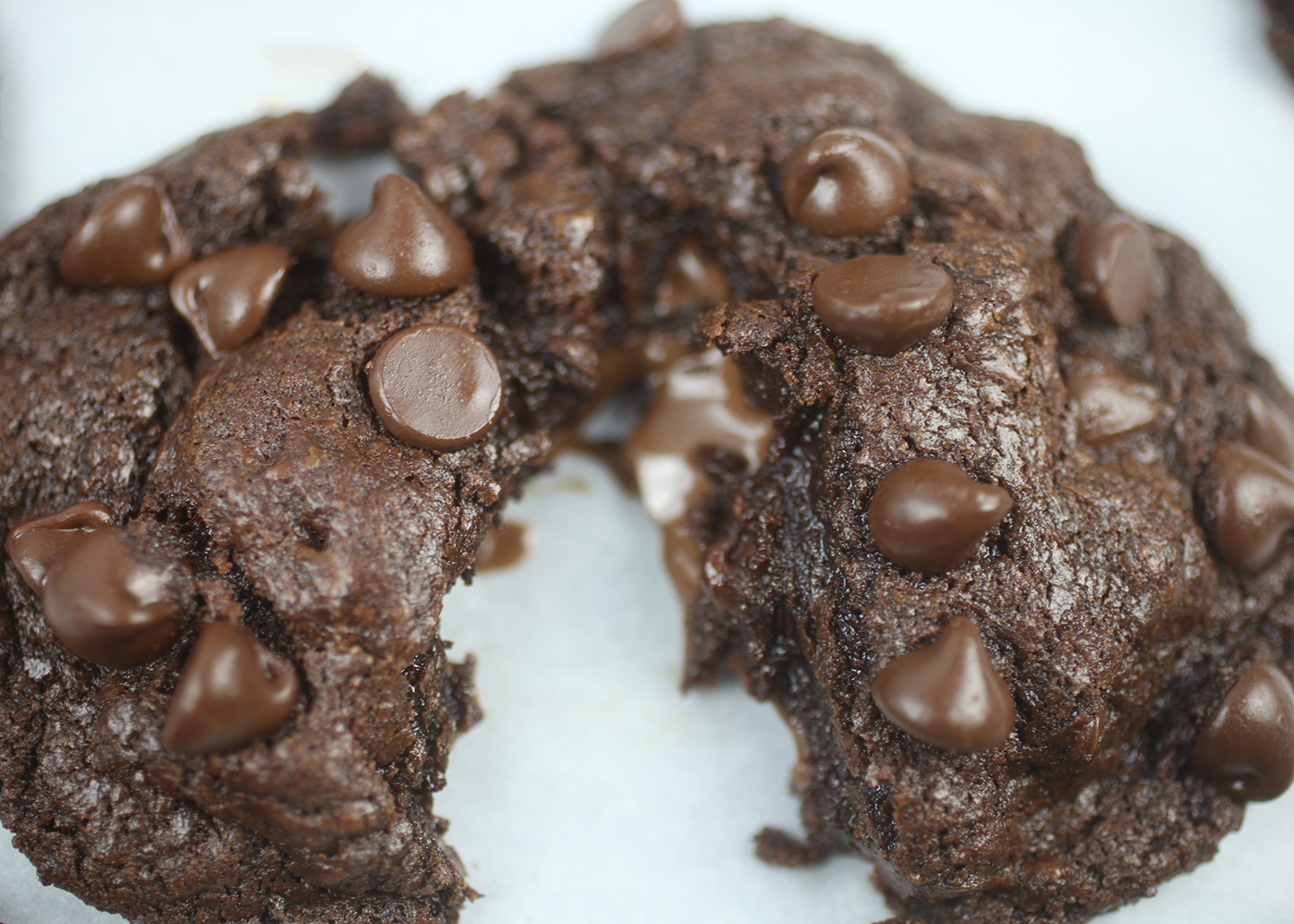
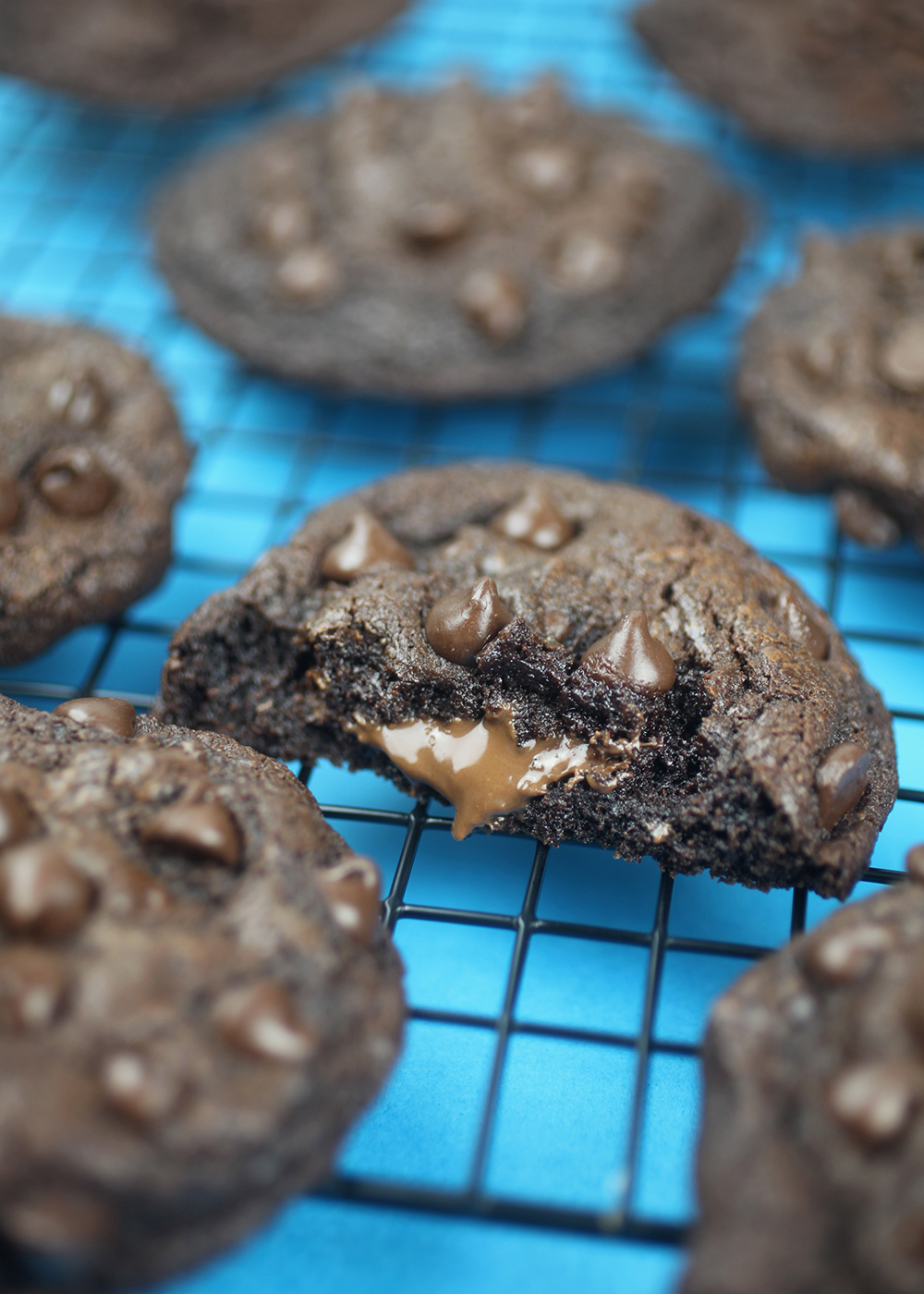
9(MDAxOTAwOTE4MDEyMTkxMDAzNjczZDljZA004))






9(MDAxOTAwOTE4MDEyMTkxMDAzNjczZDljZA004))

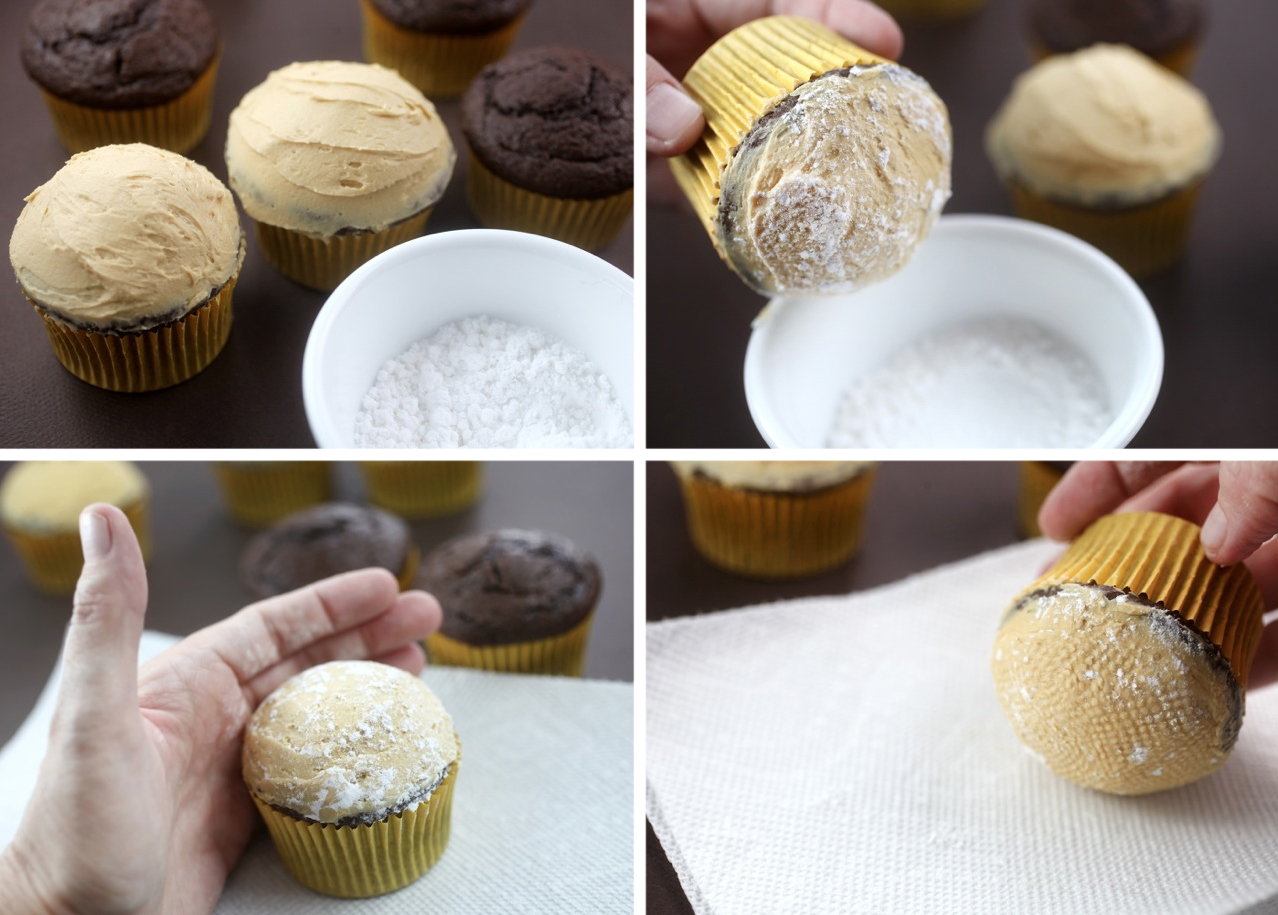
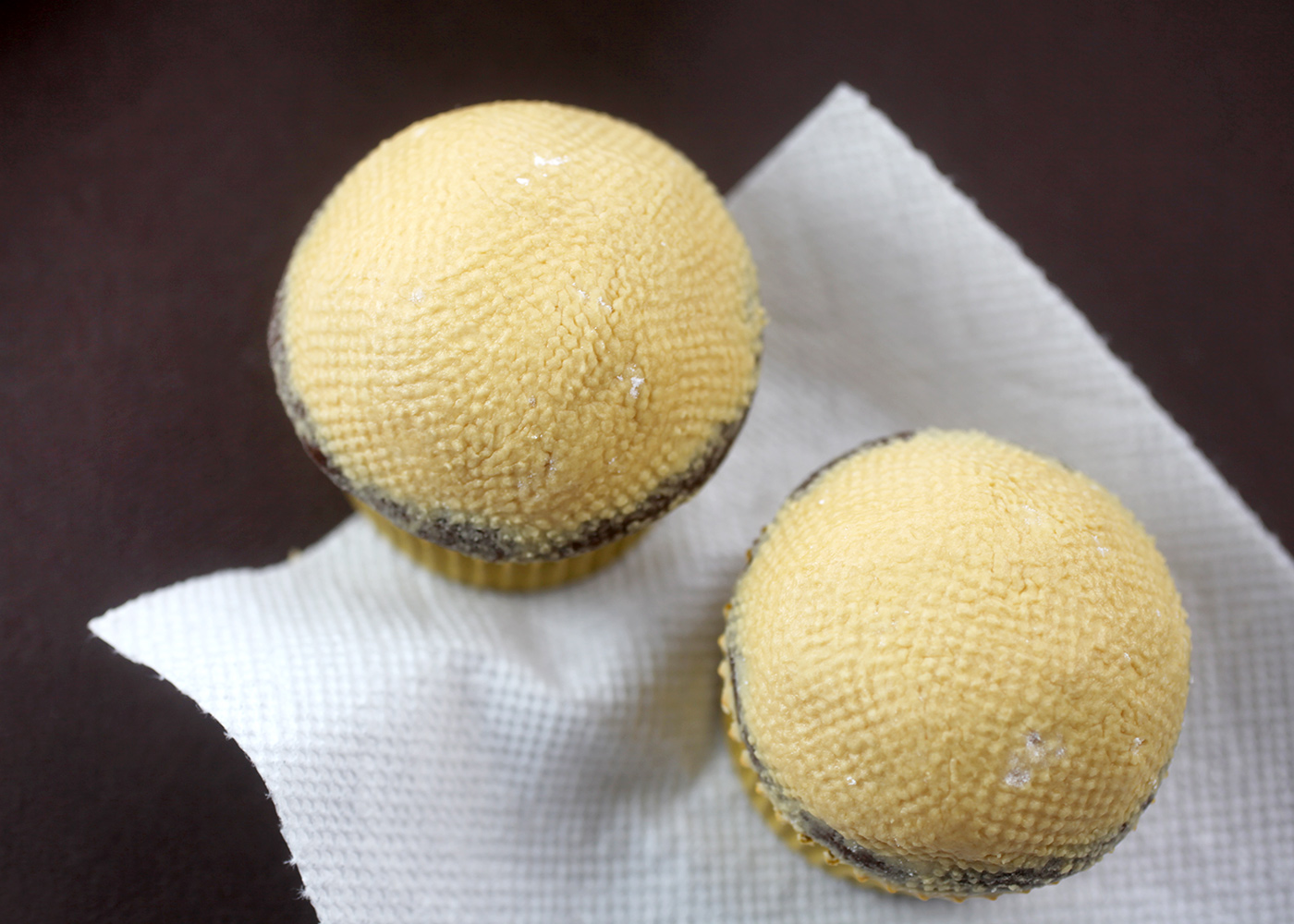























 Nisha is passionate about writing and loves to share her thoughts with the world. She has written many articles on yoga, fitness, wellness, remedies, and beauty. She keeps herself updated by going through interesting blogs every day. This fuels her passion and motivates her to write appealing and engaging articles. She is a regular contributor to
Nisha is passionate about writing and loves to share her thoughts with the world. She has written many articles on yoga, fitness, wellness, remedies, and beauty. She keeps herself updated by going through interesting blogs every day. This fuels her passion and motivates her to write appealing and engaging articles. She is a regular contributor to